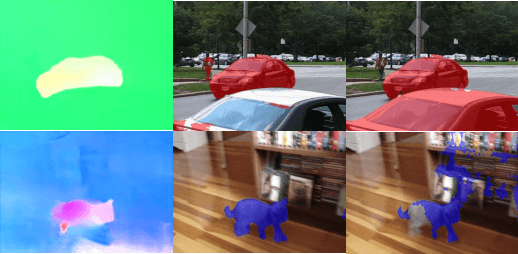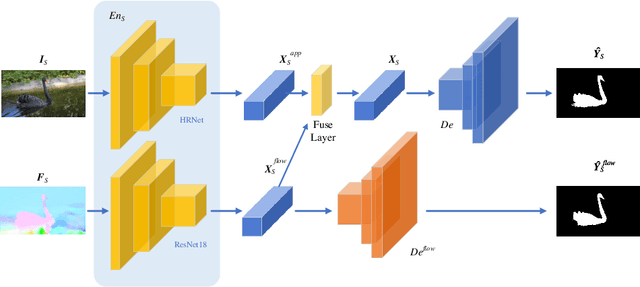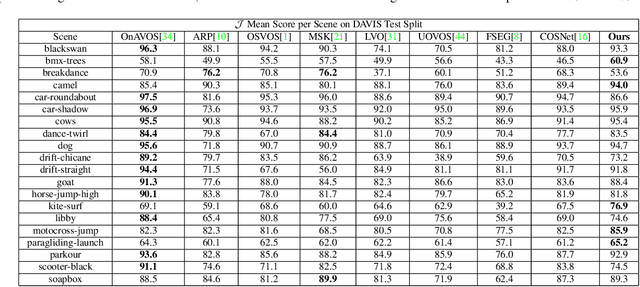Jinshuo Zhang
Unlocking Symbol-Level Precoding Efficiency Through Tensor Equivariant Neural Network
Oct 02, 2025Abstract:Although symbol-level precoding (SLP) based on constructive interference (CI) exploitation offers performance gains, its high complexity remains a bottleneck. This paper addresses this challenge with an end-to-end deep learning (DL) framework with low inference complexity that leverages the structure of the optimal SLP solution in the closed-form and its inherent tensor equivariance (TE), where TE denotes that a permutation of the input induces the corresponding permutation of the output. Building upon the computationally efficient model-based formulations, as well as their known closed-form solutions, we analyze their relationship with linear precoding (LP) and investigate the corresponding optimality condition. We then construct a mapping from the problem formulation to the solution and prove its TE, based on which the designed networks reveal a specific parameter-sharing pattern that delivers low computational complexity and strong generalization. Leveraging these, we propose the backbone of the framework with an attention-based TE module, achieving linear computational complexity. Furthermore, we demonstrate that such a framework is also applicable to imperfect CSI scenarios, where we design a TE-based network to map the CSI, statistics, and symbols to auxiliary variables. Simulation results show that the proposed framework captures substantial performance gains of optimal SLP, while achieving an approximately 80-times speedup over conventional methods and maintaining strong generalization across user numbers and symbol block lengths.
DAVOS: Semi-Supervised Video Object Segmentation via Adversarial Domain Adaptation
May 24, 2021



Abstract:Domain shift has always been one of the primary issues in video object segmentation (VOS), for which models suffer from degeneration when tested on unfamiliar datasets. Recently, many online methods have emerged to narrow the performance gap between training data (source domain) and test data (target domain) by fine-tuning on annotations of test data which are usually in shortage. In this paper, we propose a novel method to tackle domain shift by first introducing adversarial domain adaptation to the VOS task, with supervised training on the source domain and unsupervised training on the target domain. By fusing appearance and motion features with a convolution layer, and by adding supervision onto the motion branch, our model achieves state-of-the-art performance on DAVIS2016 with 82.6% mean IoU score after supervised training. Meanwhile, our adversarial domain adaptation strategy significantly raises the performance of the trained model when applied on FBMS59 and Youtube-Object, without exploiting extra annotations.
 Add to Chrome
Add to Chrome Add to Firefox
Add to Firefox Add to Edge
Add to Edge